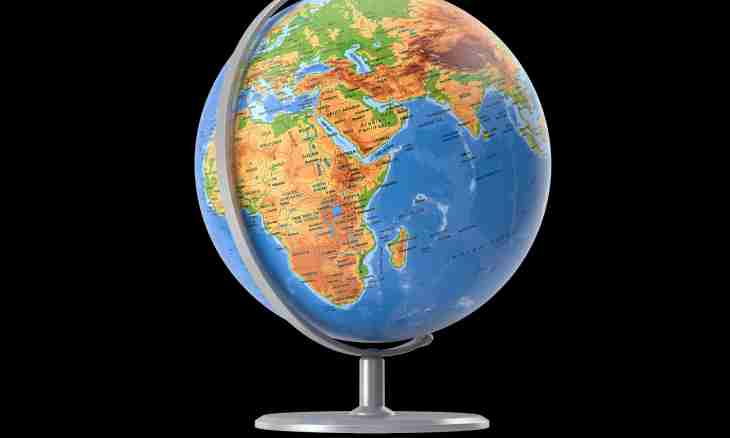At geography lessons of many school students the confusion arises in the head. It is connected with the use of two concepts — the continent and the continent which mention the teacher in relation to America, Africa, Australia... In what a difference between these words?
Terminology
The continent it is accepted to call the enormous massif of sushi which is washed by water. Many experts specify this definition, saying that the most part of any continent is over ocean level. It is in addition specified in some sources that any continent consists of continental or continental earth crust. Continental bark differs from oceanic in multiple layers and consists of basalt, granite and sedimentary rocks which are on a viscous, semi-fluid layer of magma.
The continent call the big massif of sushi which is surrounded with water from all directions. The most part of the continent is lifted over ocean level, smaller rolls in water and carries the name of the shelf or a continental slope. Thus, the words "continent" and "continent" are synonyms so it is possible to use both words regardless of a context.
Continents and continents: what did everything begin with?
It is considered that on Earth there was only one continent long ago. The first super-continent was Nong, after her — Rodiniya, then — Pannotiya. Each of these continents broke up to several parts, and then was going back to the uniform massif. The last such massif became the Pan-gay, owing to tectonic processes it broke up to Lavraziya (future North America and Eurasia) and Gondavana (South America, Africa, Australia and Antarctica). It is accepted to call Gondavansky continents the Southern group, their general origin is confirmed by an identical order of bedding of breeds and the general contour of coast. For example, east coast of South America ideally fits into a bend of the western coast of Africa.
At the very beginning of the Jurassic Period Lavraziya was divided into two huge parts — North America and Eurasia, the Indian and Atlantic oceans, and also Tetis who became the predecessor of the Pacific Ocean were already created by this time. Continuous horizontal tectonic movements became the reason of division of Lavraziya and Gondavana. Continents of Earth occupy less than thirty percent of all surface of the planet. At the moment on the planet there are six continents. The largest of them is Eurasia, it is followed by Africa, then — North America, it is followed by America Southern, following — Antarctica, and closes the Australia list. By scientists it is proved that now continents approach very slow speed, the tectonic activity is the reason of this process.

